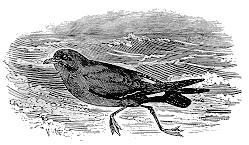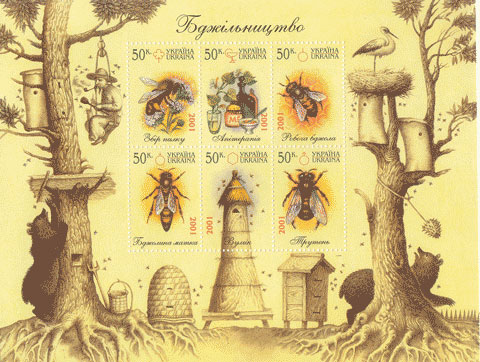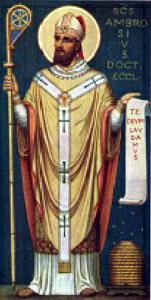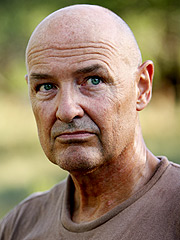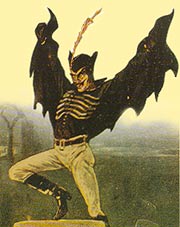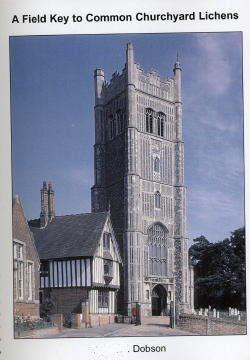Wisps and Clumps
Today I am going to talk to you - at you - about wisps and clumps. Gaining an insight into wisps and clumps will not give you a complete understanding of the physical universe in all its matchless wonder, but it is a start. Indeed I can think of few subjects which prove a better introduction. Some might talk to you of toads or gazelles or coconut matting, perhaps, or of strange irrefragible lights in the maritime skies, but I stick to wisps and clumps, with occasional forays into bee world.
So, then, what is a wisp and what is a clump? We shall look at each in turn. A wisp might be made of smoke or some other fume, for there are countless fumes, gaseous and otherwise. One guaranteed way of seeing a wisp with your very own eyes is to stand next to a dying bonfire. If you go and stand there too early, while the bonfire is still blazing, perhaps with an effigy of Roman Catholic martyr Guy Fawkes engulfed in the flames, you will not be able to see any wisps, or much else, because the smoke will be billowing, making your eyes water, and if some scamp has placed any noxious substances on the bonfire, such as anything made of rubber or plastic, things will be even worse, and you may feel like choking, indeed you may even choke uncontrollably, and topple to the ground, helpless, helpless, helpless, as Crosby, Stills, Nash & Young were wont to sing, long ago, on the west coast of America. They say that David Crosby's moustache is to be preserved as a national monument, but I digress.
Basically, what I am saying is: keep away from the bonfire while it is at its height. You want to go and stand next to it as the last embers are dying, for it is then that you will be able to see wisps of smoke. What are their characteristics, these wisps? They are light, delicate, and fugitive. You will see a wisp rising from the glowing ashes, and it will slink upon the breeze for a few moments, and then it will be gone. All that is solid melts into air, according to Marx and Engels in The Manifesto Of The Communist Party (1848), and this is certainly true of wisps, which are hardly solid in the first place.
Some substances take longer to melt into air than others, of course, and this brings us neatly to clumps. Clumps can be made of all sorts of things, and for the moment I want you to direct your attention to clumps of earth, or soil, or mud. Such clumps are often called clods (particularly by the visionary poet William Blake, who wrote The Clod And The Pebble) but I am sticking with clumps for the purpose of this diverting talk. At least I hope it is diverting.
Now, there you were, standing next to the bonfire while it blazed, having arrived far too early for the wisps, and your eyes were streaming with tears and you were coughing and choking, helplessly, remember, and the next thing that happened was that you toppled over and fell to the ground, perhaps even rolling into a nearby ditch. Let us assume you are sprawled there, on your front, face down in the muck. At some point in the next few minutes, the effects of smoke inhalation wear off, and you open your stinging eyes. Chances are that the first thing you will see, there in the ditch, is a clump of earth. One glance at it should be enough to show you that it will take longer to melt into air than a wisp, but melt into air it shall, one day, as all solid things do.
We examined the characteristics of the wisp, so we ought to do the same with the clump, but I have to say that I am reluctant to do so. I think it is worth celebrating the ephemeral and fugitive nature of wisps, much as one admires clouds, or falls of snow, or the all too brief life of a bee. But a clump is just a clump, really, a clump or clod, fit only to be kicked or squashed underfoot, crushed beneath the mighty boots of history.
I do hope that you have gained a valuable insight into both wisps and clumps. If you wish to do any further reading, don't bother with the King James Bible (the Authorised Version) as neither wisps nor clumps are mentioned in it, strangely enough. You may find a richer trove in Dobson's pamphlet A Pamphlet About Wisps And Clumps, which I have plagiarised shamelessly in this talk. Bon soir, toodle-oo.

